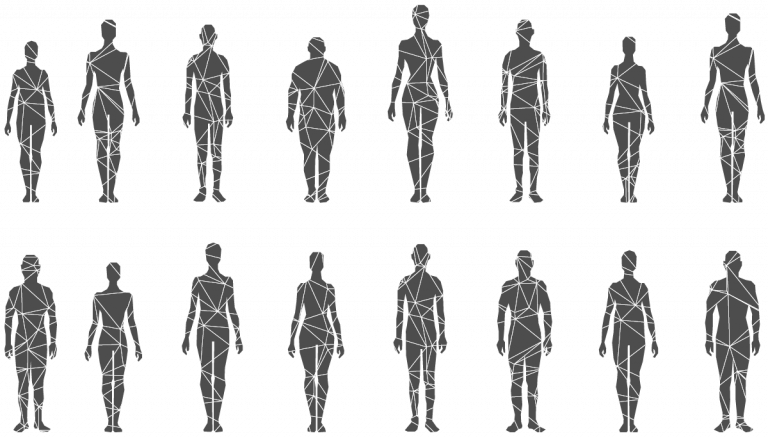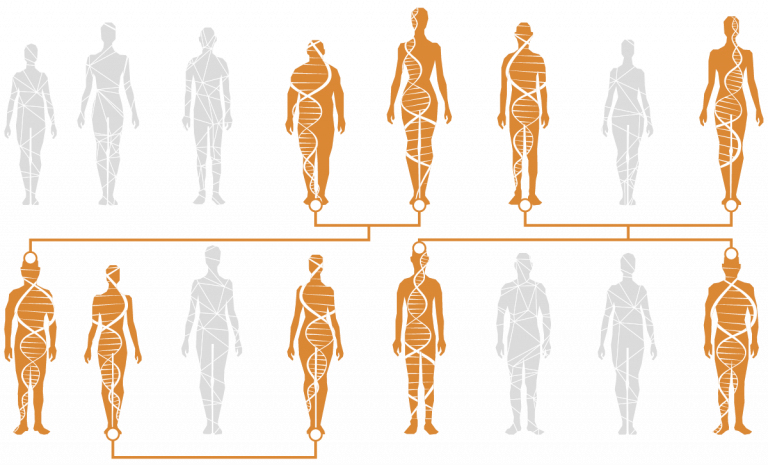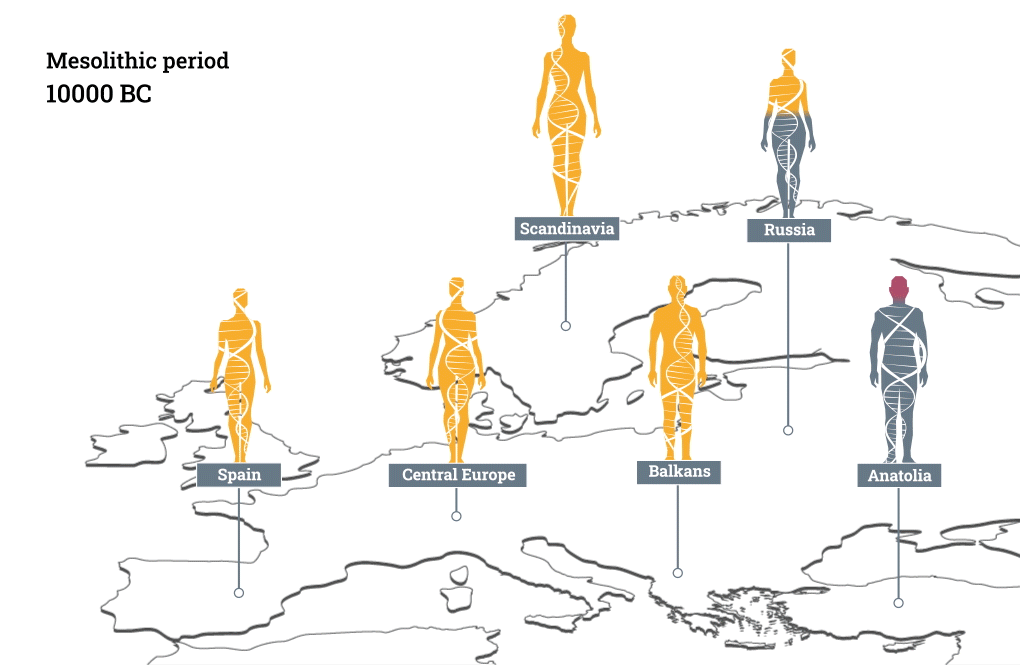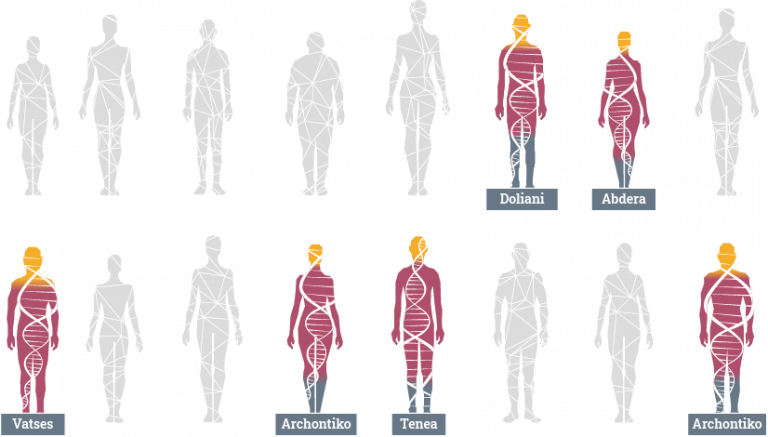
Menu
Mutations serve as the ticking of a molecular clock in estimating the number of generations that separate two individuals or two closely related species from their last ancestor.
For instance, it is estimated that two families feature 200 new mutations per generation. After 150 generations, the genetic variations of two families that originate from a common ancestor will have reached a total of 30,000. After 10,000,000 years, the differences will represent 1% of the DNA. This way, we can estimate the genetic relationship among individuals and population groups and recreate their biological history.

The degree of relationship between two or more biographees results from the study of ancient DNA. Therefore, for certain individuals we were able to estimate the degree of endogamy in the society they lived in and we discovered that their parents were second cousins. Consequently, the study of paleogenomics offers information on the structure of families and societies, which otherwise cannot be easily explored.

The ancient DNA substantially contributes to solving archaeological problems and reconstructing the biological history and migration waves of ancient populations.
Palaeogenomic studies have compared the genomes of prehistoric Europeans and modern humans and indicated that modern Europeans descend from three ancestral groups, each in different ratio:

BioMuse analysed the genetic background of each of the 6 biographies.
